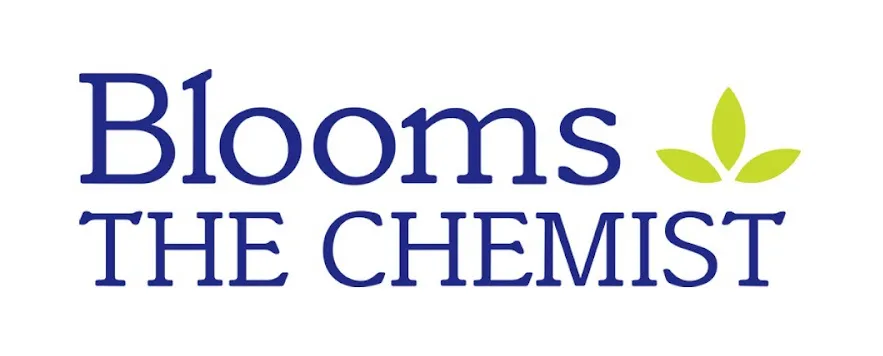Brookstone Windows & Doors
Learn how this Ontario-based home renovation company uses RingSense to analyze 100% of customer call recordings, reduce average handle time by 5-8%, and enable data-driven coaching that has supported expansion from 6 to 11 markets across Ontario.

















































































































































































































































































